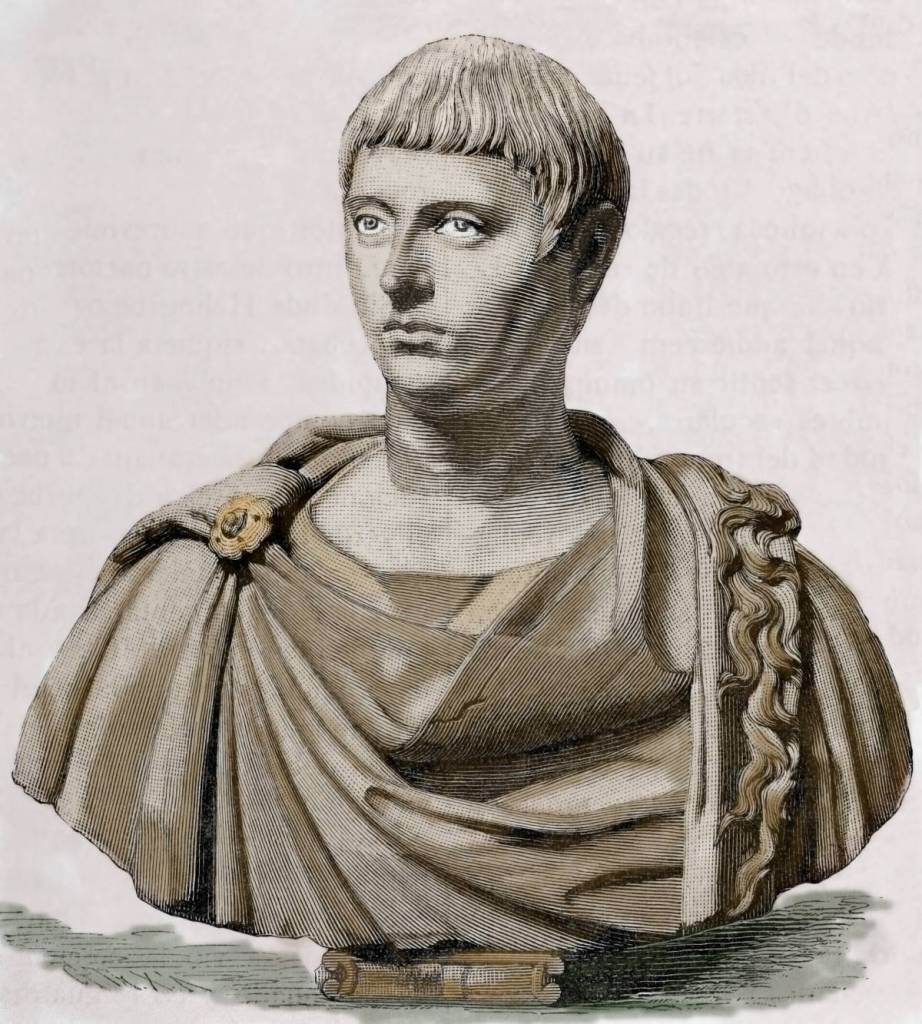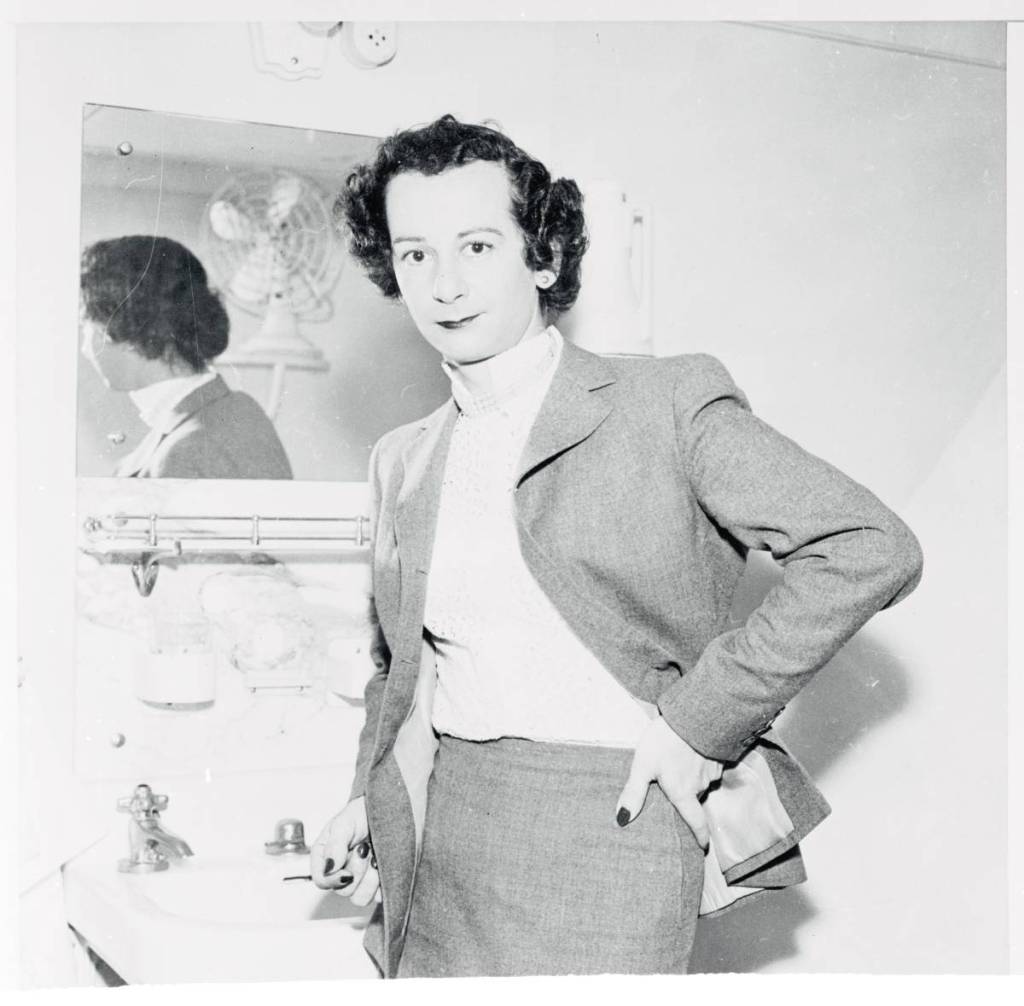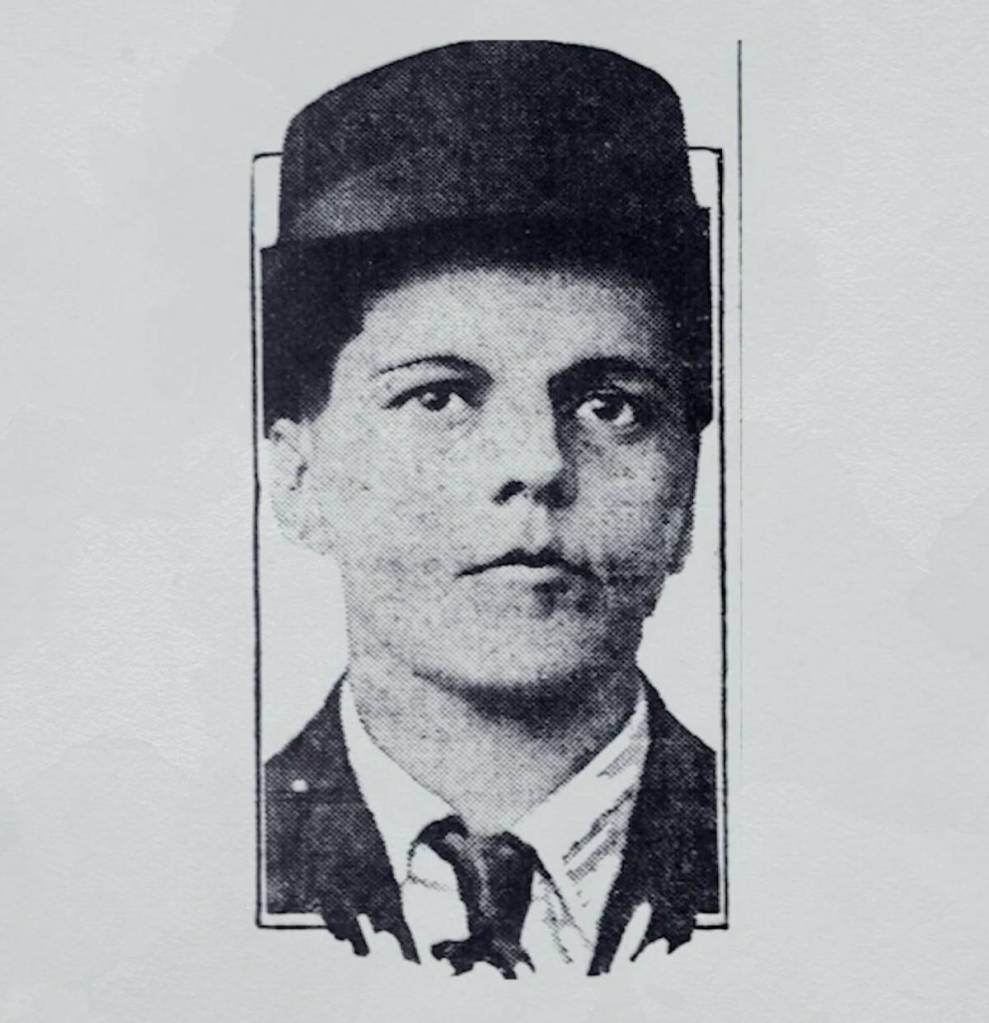Five ground-breaking trans icons from history you’ve probably never heard of
From trans Roman emperors to Wild West heartthrobs, here are the trans icons you never learned about in history classes. (Getty/KCTS 9/PinkNews)
Any queer person who has a social media account has undoubtedly encountered the tired, bigoted rhetoric that being trans is a modern “trend”. The claim has been a favourite refrain sung by conservative voices – from Republican presidential candidate Vivek Ramaswamy to celebrities such as veteran shock rocker Alice Cooper.
But the truth is that gender-diverse people have been with us, in countries from India to Australia and the Americas, throughout history.
However, there is a great deal about trans lives that hasn’t been told, is misrepresented or hidden from the public. Additionally, it can be tricky to apply modern words about gender to figures who lived before the term transgender entered the public lexicon and who didn’t have the option of sharing their pronouns.
Just as there is no single trans experience or journey, these five individuals prove there was no one way to be gender diverse in the past – and no handbook for approaching trans history.
Elagabalus: The transgender emperor of Rome
Their brief reign was not quite as ruthless or violent as that of Caligula, Nero or Commodus, but Elagabalus was notorious in their own right as reported controversies upset the gender, cultural and religious norms of Roman society.
Elagabalus – aka Marcus Aurelius Antoninus – became emperor in 218AD when just 14 years old. The ruler was said to have frequently “affected to copy the dress and manners” of women, and wore makeup.
One writer, Cassius Dio, reported that Elagabalus sought out a surgeon to carry out what, in the modern day, is known as gender-affirmation surgery.

They married four times while lavishing favours on their male lovers, including reportedly referring to one as their “husband” while describing themself as the “wife”. Their reign lasted for just four years before being assassinated aged 18.
Frances Thompson: The first trans person to testify before US Congress
Thompson, a former slave, was an anti-rape activist and made history as the first trans woman to testify in front of the US Congress when she appeared before the congressional committee investigating the racial Memphis massacre of 1866, shortly after the end of the American Civil War.
The horrific incident saw three days of violence against Memphis’ Black community, which left dozens of people dead and many more injured, as well as buildings destroyed.
During the attacks, Thompson and others were raped by members of the white mob before being robbed.
The Black trans woman’s courage to speak out against sexual violence was revolutionary for her time.
Historian Channing Joseph described Thompson as “one of the linchpins in getting the political will together to pass legislation to protect the civil rights of newly emancipated Black people and also to bring political will behind Reconstruction after the Civil War”.
Tamara Rees: A WWII hero who went “from GI to girl”
In the 1950s, Rees was thrust into the spotlight when various newspapers and magazines reported on her journey from fighting on the front line of World War II to undergoing gender-affirming surgery.
The eventual trans icon was born in Kansas City, Missouri, in 1924. According to her autobiography, Rees knew from a young age that she was different because she “wanted to appear physically like a girl”.

In 1942, Rees enlisted in the paratroopers and fought the Nazis and Axis forces in North Africa and Europe. For her actions, in addition to winning the Bronze Star, the trans hero was awarded medals by France, Belgium and The Netherlands, according to the Amsterdam city archives.
She was discharged from the military in 1945, and eventually began her transition journey. News coverage in the 1950s detailed how the then-30-year-old former soldier went through gender-affirmation surgery in The Netherlands, taking what was described as a “daring leap” to transition “from GI to girl”.
Throughout it all, she implored the public to treat transgender people, like her, with kindness and respect.
Willmer ‘Little Axe’ Broadnax: A Black trans gospel star
Born in 1916, Broadnax began singing as a young person in his home town of Houston, Texas. He had a successful decades-long career as a gospel singer and recorded with many of the most influential groups of his day.
Wilmer and his brother, William, sang in Houston’s St Paul Gospel Singers before eventually moving to Los Angeles to pursue a musical career. They performed with the Southern Gospel Singers in 1939 and 1940.
The brothers formed the Golden Echoes, also known as Little Axe and the Golden Echoes, which became a “top touring group during the 1940s”, according to the National Black Justice Coalition.
In 1950, the trans singer joined the Spirit of Memphis, which was “one of the highest-paid quartets in the golden age of gospel”. He kept singing with the Golden Echoes until 1965, before retiring from touring, although he continued to record songs into the 1980s.
Broadnax was killed by his lover in 1992, and his trans identity – he began using male pronouns at the age of 13 – was discovered. His voice lives on.
Harry Allen: trans heartthrob
From 1900 until the 1920s, Allen, who also went by the name Harry Livingston, was one of the most notorious men in the Pacific Northwest. Wherever he went, he was known as a rabble-rouser, an outlaw and a lothario.
Allen was born in 1882 in Indiana and moved with his family to the state of Washington in the 1890s. He began identifying as a man from a young age, saying in an interview in 1908 that he “did not like to be a girl” and didn’t “feel like a girl”.

Allen travelled around the Pacific Northwest in search of employment. He worked as a longshoreman, a bronco buster, a boxer, a barber and a bartender – occasionally turning to petty crime.
He was also notorious for seducing women. In 1908, a newspaper published a story about two Seattle women who had fallen in love with him and who are believed to have taken their own lives.
By the time Allen died of syphilitic meningitis in 1922, he had appeared in the media numerous times because of his romantic exploits and for living as his authentic self at a time when questioning gender norms was seen as a crime.
